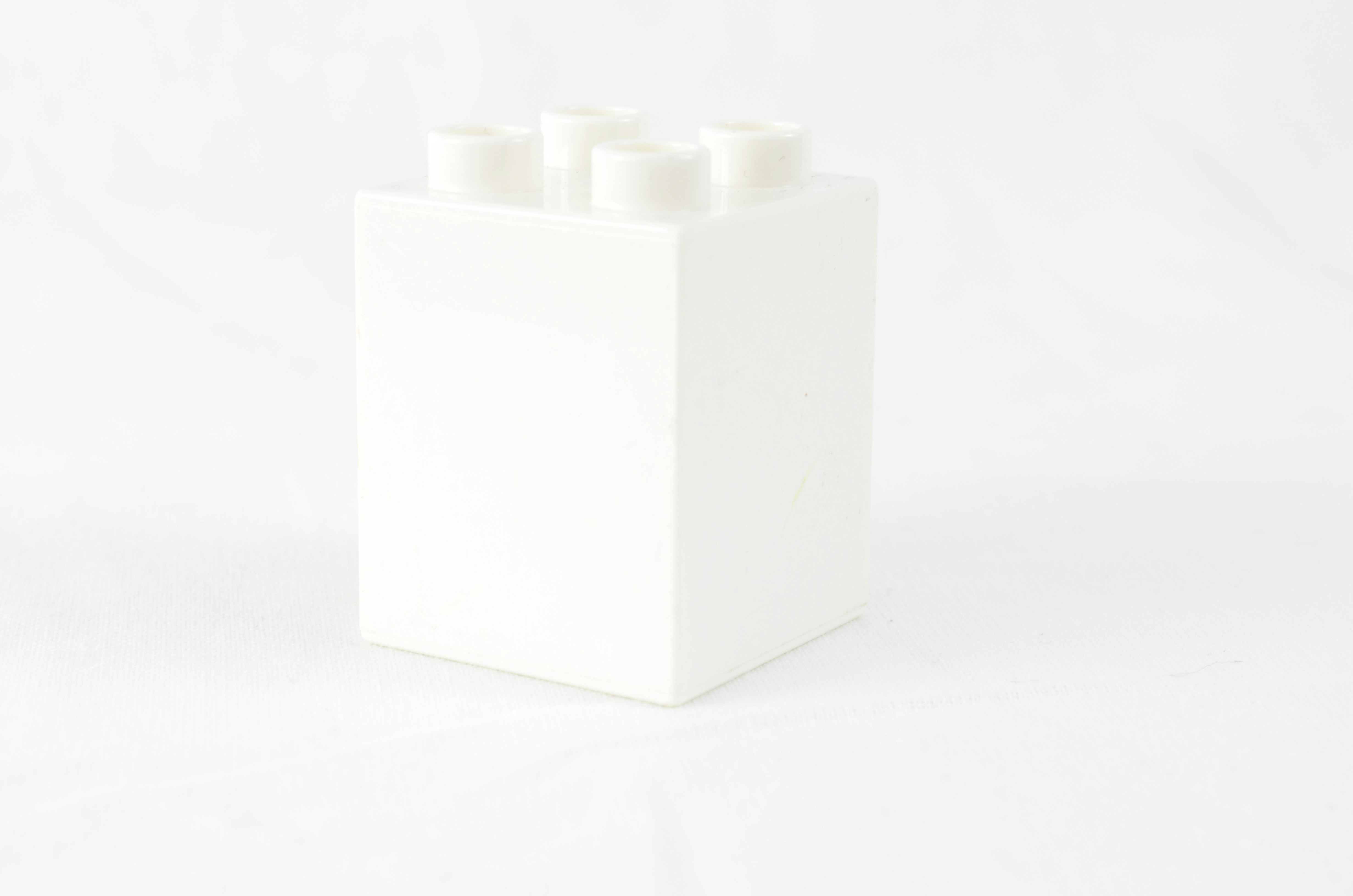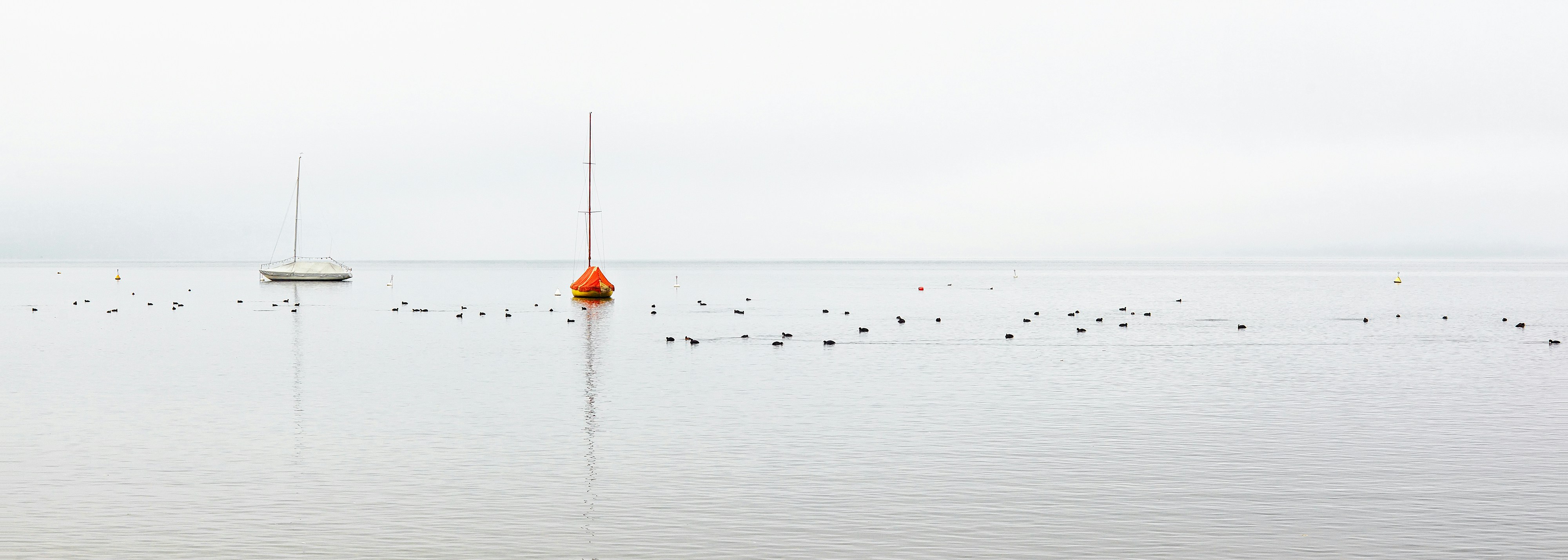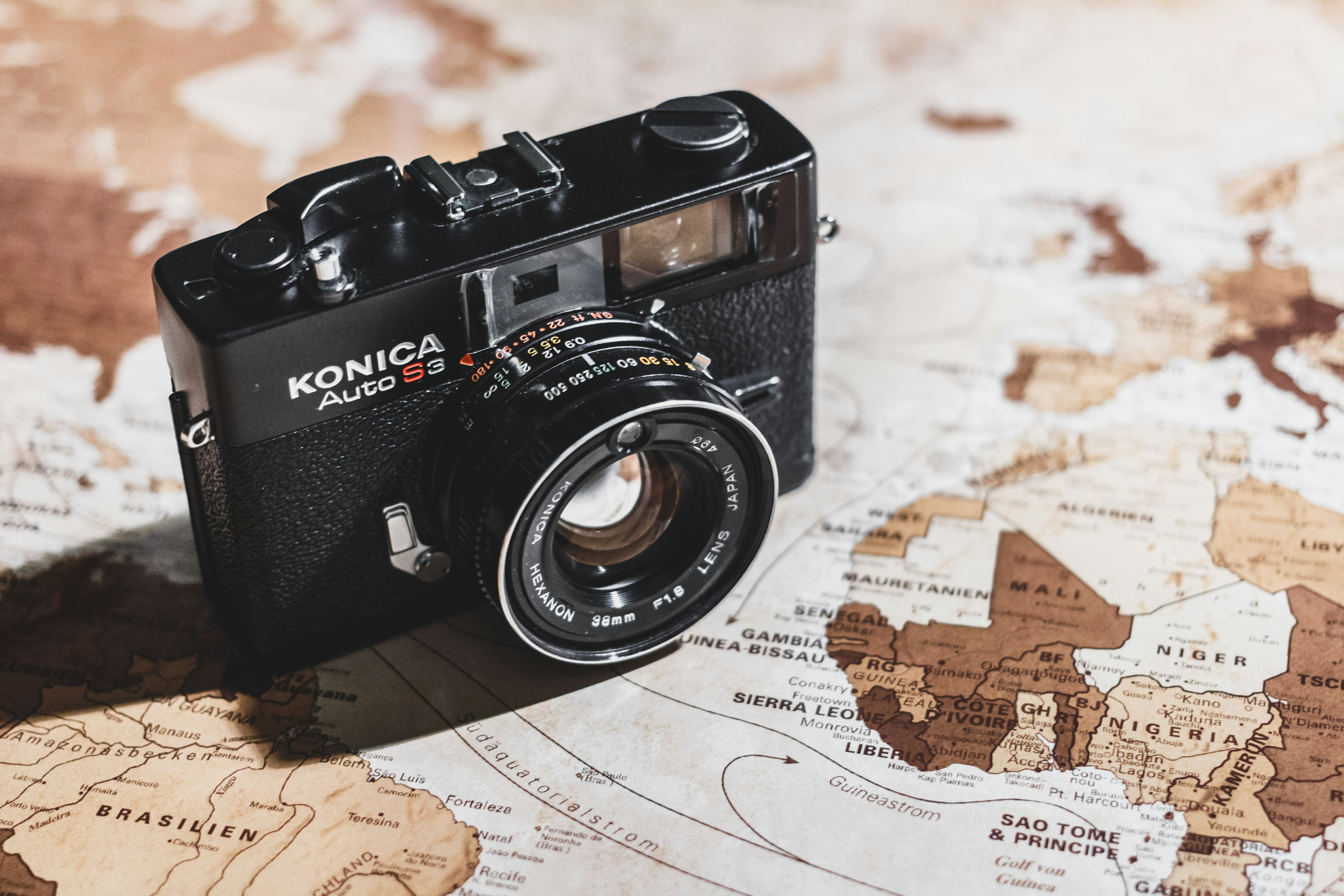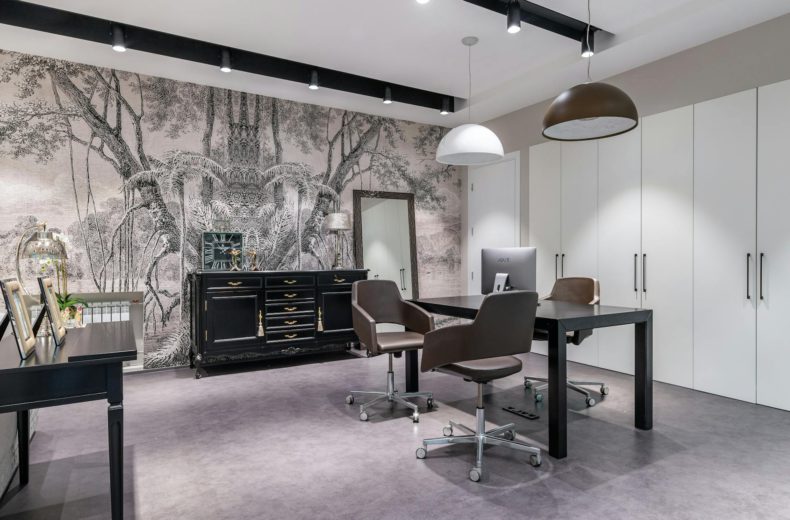In the realm of real estate photography, mastering white balance is crucial. It’s a key factor in producing images that accurately represent a property’s colors.
 by Marcella Marcella (https://unsplash.com/@celle_a_belle)
by Marcella Marcella (https://unsplash.com/@celle_a_belle)
Incorrect white balance can distort colors, creating an unappealing look. This can negatively impact the perceived value of a property.
On the other hand, correct white balance can enhance a property’s appeal. It can highlight architectural features and interior design elements in their true colors.
This article aims to guide you through the intricacies of white balance in real estate photography. It will provide practical tips and techniques to ensure your property photos have accurate and appealing color representation.
Whether you’re a seasoned real estate photographer or a real estate agent looking to improve your property listings, this guide will be of value. Let’s delve into the world of white balance and color correction in real estate photography.
Understanding White Balance and Its Impact on Real Estate Photography
White balance is a fundamental concept in photography. It’s a setting on your camera that adjusts the color balance in your images.
 by Damian Zaleski (https://unsplash.com/@zal3wa)
by Damian Zaleski (https://unsplash.com/@zal3wa)
The goal is to make white objects appear white in your photos. This ensures that all other colors are rendered accurately.
White balance is measured in Kelvin (K), a unit of temperature. The Kelvin scale is used to describe the color temperature of light sources.
Understanding and mastering white balance is crucial in real estate photography. Let’s delve deeper into what white balance is and why it matters.
What is White Balance?
In photography, white balance refers to the adjustment of colors to make them appear natural to the human eye. It’s about compensating for the color temperature of the light source.
Different light sources emit different color temperatures. For instance, incandescent bulbs produce a warm, yellowish light, while fluorescent lights emit a cooler, bluish light.
The white balance setting on your camera compensates for these color temperatures. It ensures that white objects in your photos appear white, regardless of the light source.
Why White Balance Matters in Property Photography
In real estate photography, accurate color representation is crucial. Potential buyers need to see the property as it truly is.
Incorrect white balance can distort colors. It can make a room appear unnaturally yellow or blue, for instance. This can be off-putting to potential buyers.
On the other hand, correct white balance can enhance a property’s appeal. It can make a room appear warm and inviting, or cool and modern, depending on the desired effect.
In essence, mastering white balance is key to producing high-quality, appealing real estate photos.
In-Camera White Balance: Getting It Right the First Time
Achieving the correct white balance in-camera is the first step to producing high-quality real estate photos. It’s about understanding your camera’s white balance settings and how to use them effectively.
 by Milad Fakurian (https://unsplash.com/@fakurian)
by Milad Fakurian (https://unsplash.com/@fakurian)
Most cameras offer two main white balance settings: auto and manual. Each has its pros and cons, and knowing when to use each can make a big difference in your photos.
Auto vs. Manual White Balance Settings
Auto white balance (AWB) is a handy feature on most cameras. It automatically adjusts the white balance based on the lighting conditions.
However, AWB isn’t always accurate. It can sometimes struggle in mixed lighting conditions or with certain colors.
That’s where manual white balance comes in. It allows you to set the white balance yourself, giving you more control over the color balance in your photos.
Adjusting White Balance for Different Lighting Conditions
Different lighting conditions require different white balance settings. For instance, a sunny day will require a different setting than a cloudy day or indoor lighting.
Understanding how to adjust your white balance for different lighting conditions is key. It’s about observing the light and making the necessary adjustments on your camera.
Remember, the goal is to make white objects appear white in your photos. This will ensure that all other colors are rendered accurately.
Using White Balance Presets Effectively
Most cameras come with a range of white balance presets. These are pre-set values designed for specific lighting conditions.
Common presets include Daylight, Cloudy, Shade, Tungsten, and Fluorescent. Each preset corresponds to a specific color temperature on the Kelvin scale.
Using these presets effectively can save you time and help you achieve accurate color balance. It’s about choosing the right preset for the lighting conditions you’re shooting in.
Advanced White Balance Techniques for Real Estate Photographers
As you gain more experience in real estate photography, you may want to explore advanced white balance techniques. These can help you achieve even more accurate color balance in your photos.
 by Catherine Avak (https://unsplash.com/@catherine_avak)
by Catherine Avak (https://unsplash.com/@catherine_avak)
One such technique is using a gray card or white balance card. This is a card with a known color that you can use to set a custom white balance.
Custom White Balance with Gray Cards
A gray card is a tool that can help you set a custom white balance. You take a photo of the gray card under the lighting conditions you’ll be shooting in.
Then, you use that photo to set a custom white balance on your camera. This ensures that your camera knows exactly what “white” looks like under those specific lighting conditions.
It’s a simple yet effective technique. It can help you achieve accurate color balance, even in challenging lighting conditions.
The Kelvin Scale and Color Temperature in Real Estate Photography
Understanding the Kelvin scale and color temperature is key to mastering white balance. The Kelvin scale is a measure of color temperature.
Lower Kelvin values (around 2000K) represent warm colors, like orange and yellow. Higher values (around 7000K) represent cool colors, like blue.
By adjusting the Kelvin value on your camera, you can control the color temperature of your photos. This can help you achieve the desired mood and atmosphere in your real estate photos.
Post-Processing: Color Correction in Real Estate Photography
Post-processing is an essential part of real estate photography. It’s where you can fine-tune your photos and correct any color imbalances.
 by Kari Shea (https://unsplash.com/@karishea)
by Kari Shea (https://unsplash.com/@karishea)
Color correction is a key part of this process. It involves adjusting the colors in your photos to make them look more natural and appealing. Here are some steps you can follow:
- Import your photos into your editing software.
- Adjust the white balance if necessary.
- Correct any color casts or imbalances.
- Fine-tune the colors to achieve the desired look.
The Role of RAW Format in White Balance Adjustments
Shooting in RAW format can give you more flexibility when adjusting white balance. This is because RAW files contain more color information than JPEGs.
This means you can make larger adjustments to the white balance without losing image quality. It’s a useful feature when shooting in challenging lighting conditions.
So, if your camera supports it, consider shooting in RAW format. It can give you more control over your final images.
Software Tools for White Balance Correction
There are many software tools available for white balance correction. Adobe Lightroom and Photoshop are two of the most popular.
These tools allow you to adjust the white balance in your photos with precision. You can use sliders to adjust the color temperature and tint.
They also offer presets for different lighting conditions. These can be a good starting point if you’re unsure how to adjust the white balance.
Practical Tips and Common Pitfalls in Real Estate Photography White Balance
Mastering white balance in real estate photography is a continuous process. It requires practice, patience, and a keen eye for detail.
 by Sebastian Pichler (https://unsplash.com/@pichler_sebastian)
by Sebastian Pichler (https://unsplash.com/@pichler_sebastian)
Here are some practical tips to help you along the way:
- Always check your white balance settings before you start shooting.
- Experiment with different settings to see what works best for each scene.
- Don’t rely solely on auto white balance. It can sometimes get it wrong.
- Remember to adjust your white balance when moving from one room to another.
- Use a gray card or white balance card for more accurate results.
Achieving Consistency Across Your Real Estate Portfolio
Consistency is key in real estate photography. It helps to create a cohesive look and feel across your portfolio.
This applies to white balance as well. Try to keep your white balance consistent across all your photos. This can help to create a more professional and polished look.
Remember, consistency doesn’t mean all your photos have to look the same. It’s about creating a consistent style and mood that reflects your brand.
Troubleshooting White Balance Issues
Even with careful planning, you may still encounter white balance issues. Don’t worry, these can often be fixed in post-processing.
If your photos look too warm or too cool, try adjusting the color temperature. If they have a color cast, try adjusting the tint.
Remember, it’s better to get the white balance right in-camera. But if that’s not possible, don’t be afraid to make adjustments in post-processing. It’s all part of the process of mastering white balance in real estate photography.
Conclusion: The Continuous Journey of Mastering White Balance
Mastering white balance in real estate photography is a journey, not a destination. It’s a skill that requires continuous learning, practice, and refinement.
Remember, the goal is not perfection, but progress. Keep experimenting, keep learning, and you’ll see your real estate photos improve over time.
Last modified: April 11, 2024


 Claire Wright, a savvy tech nerd and self-taught photographer who lives in Seattle and working at one of the best real estate photography companies called HD Estates.
Claire Wright, a savvy tech nerd and self-taught photographer who lives in Seattle and working at one of the best real estate photography companies called HD Estates.
